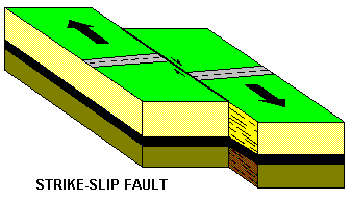A magnitude 7.9 earthquake struck early Tuesday morning, 180 miles off the Kodiak coast. It was widely felt across Alaska, even in the Interior.
But the Alaska Earthquake Center has received no reports of damage.

State seismologist Michael West said that’s likely because the earthquake was far from shore, in the middle of the Gulf of Alaska.
“From the perspective of earthquake shaking, we were helped greatly by the fact that this earthquake was considerably offshore,” he said. “Everybody was at least a couple of hundred miles away from this earthquake.”
The earthquake was an interesting one, West said.
It happened slightly farther out to sea than a massive earthquake in 1964, but it wasn’t triggered by the same mechanism.
Instead of moving up and down, like the ’64 quake, the earth moved from side to side.
It’s called a strike-slip earthquake.
West said that could explain why the tsunami waves were pretty small.
“It is fair to say that historically there tends to be less tsunami activity with earthquakes of that style,” he said.
West said it’s relatively unusual for this type of earthquake to be so large.
“This is certainly on the larger end of what we see for those types of earthquakes,” he said. “It’s by no means unprecedented or anything, but it certainly is one that will garner a lot of attention scientifically.”
Earthquake aftershocks likely will continue for years, West said. He said the vast majority of the early aftershocks will be in the 4- or 5-magnitude range, but some could be larger.
